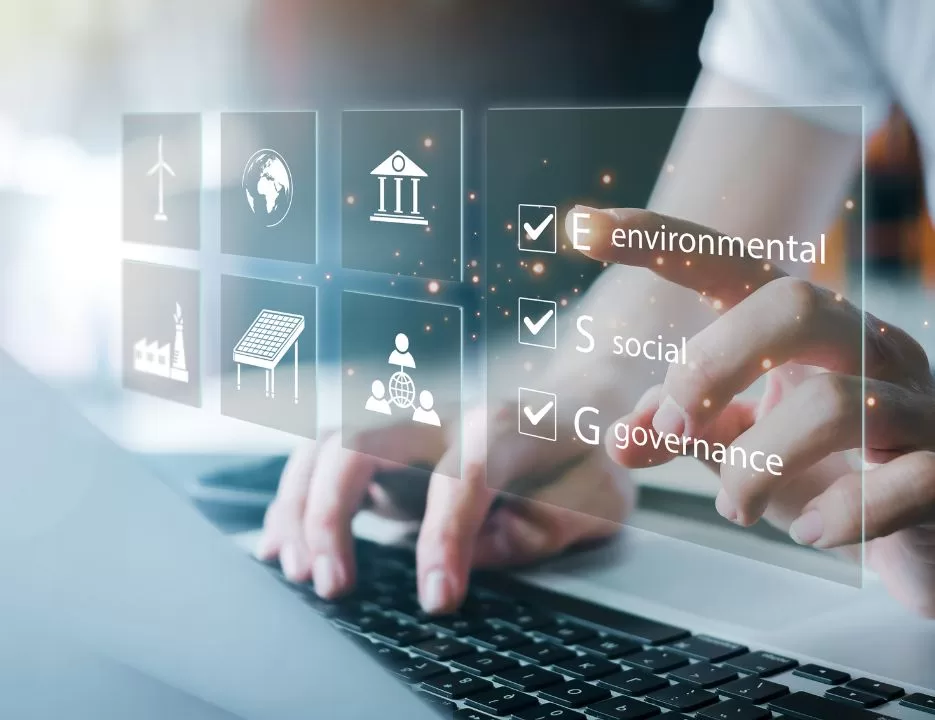
Communication was one of the first segments to be highly impacted by technological disruption and, consequently, profoundly transformed the work of marketing.
An interesting aspect is that these transformations do not necessarily replace previous practices – traditional models often coexist or are added to more contemporary models, normally supported by emerging technologies. A very simple example is the medium of television, which continues to reach the whole of Brazil and influence consumption and behavior, but which can now be accessed on different platforms, where it gains an even greater breadth in terms of formats, content and interaction possibilities.
Among many other developments in marketing, we can also mention the ubiquity of social media, user-generated content, mobile first, the ability to perform advanced segmentation and personalization, marketing automation, audio and video streaming, the relevance of content and SEO strategies, the emergence of influencers and digital creators. All of this is enhanced by real-time data management, artificial intelligence and other technologies, which, together, take the marketing discipline to another level. Raja Rajamannar – Chief Marketing & Communications Officer at Mastercard – says that Marketing is entering its biggest inflection point, the fifth paradigm – which he calls Quantum Marketing.
The advertising remuneration format, based on media purchases, has also changed and new agency formats have emerged (smaller, more specialized, independent) and other business formats: studios, creative hubs, freelancers (now organized in a network). A new and powerful fragmented communication ecosystem, which needs to be well understood and worked very well by marketing professionals.
And if we have talked about agencies and the market so far, we cannot fail to mention changes in the consumer. John Culkin says we create the tools and the tools create us back. We have, especially in the new generations, more critical, highly empowered and connected voices, seeking purpose and truth, whether from the brands they consume or the brands they work for.
It is a highly challenging scenario. And marketing needs to adapt.
The impact of ESG
If technological changes have had a major impact on communication, it was no different with the awareness and understanding that society and especially organizations have great responsibilities when talking about environmental and social issues. The ESG (environmental, social and governance) concept, which was created in 2014, has come to occupy a central space in business strategy. It is not enough to have a profitable business that generates jobs: every company needs to define its strategy taking into account its environmental impact, collaborate to develop a fairer society and align itself with rules and processes that guarantee more transparency in its practices.
Marketing is not immune to these changes. On the contrary: the area needs to establish new forms of relationships with customers and disseminate clear company positions. And here is the first major barrier: for decades, business sought to have an anodyne institutional image, which avoided controversy – but in an increasingly engaged and polarized world, not taking a position means losing relevance.
Therefore, marketing must contribute to promoting good ESG practices inside and outside companies. Internally, internal marketing helps to communicate the purpose and DNA of the business to its employees.
Externally, communication with stakeholders, when done in a timely and transparent manner, generates a cycle of accumulation of “social capital”: a solidly constructed image, based on clear goals and practices, helps to overcome periods of difficulty. But the premise is that communication actions are absolutely related to real movements and commitments of companies, throughout their chain. As Paul Polman, former CEO of Unilever, says in the book Impacto Positivo: “We are responsible for everything that happens to our suppliers, our customers and at the end of the life of our products”
It is possible to go further
Talking about ESG is also talking about social inclusion. One of the roles of the “S” in ESG is to generate more visibility and opportunities for companies and professionals from different groups, breaking centuries-old processes of exclusion. It is an active process of opening space and financial empowerment for women, people of color, LGBTQIA+ and people with disabilities. However, the scenario in the marketing environment is worrying. Black women, for example, make up only 4.6% of advertising agency leaders in Brazil. Among agency leaders, there is a lack of diversity: the emphasis is on white men. And beyond representation, there is another crucial point to change this context: diversity brings tangible financial results.
A study carried out by McKinsey consultancy shows that companies with ethnic diversity are on average 21% more profitable and have a 33% greater chance of success. The reason for this is so simple that it’s surprising that we don’t advance more in diversity: different companies have different views on the same problem and are able to offer more solutions. This way, they better serve different audience profiles and boost their results.
If it’s so simple, then why is diversity such a huge barrier? For cultural, historical and economic reasons, which mean that a homogeneous public has access to the best professional and business opportunities.
At this point, the use of platforms in the EGM model can contribute to innovation in companies and the dissemination of ESG practices. Technology becomes an enabler for diversity practices, enabling, for example, more inclusive purchasing processes, which take into account the characteristics of small suppliers and allow businesses in the first stages of growth to have more access to large customers – and to resources to thrive.
The implementation of inclusive procurement practices, which encourage the hiring of more diverse companies, is an opportunity for corporations to strengthen their ESG initiatives, gain competitiveness in the market and increase the reputation of their businesses, aligning themselves with the demands and values of the company. Actual society. Embracing diversity in procurement processes means working towards building a more inclusive future, while at the same time fostering innovation, creativity and generating results for the business.
*Simone Gasperin is Partner and Head of Marketing and Growth at BPool – a platform that is transforming the hiring of Marketing services.
Source: https://www.mundodomarketing.com.br/os-servicos-de-marketing-tambem-precisam-ser-esg/


